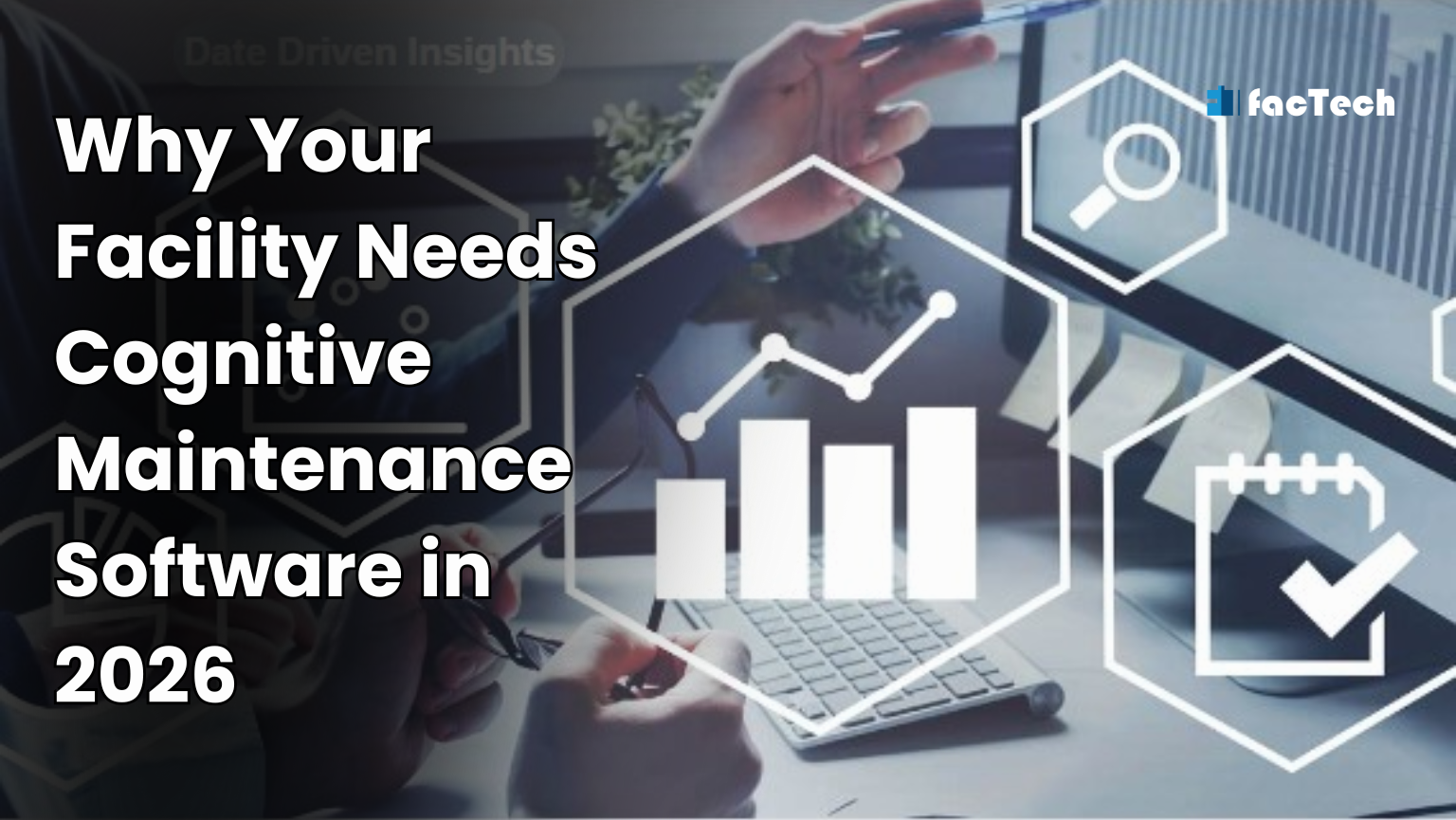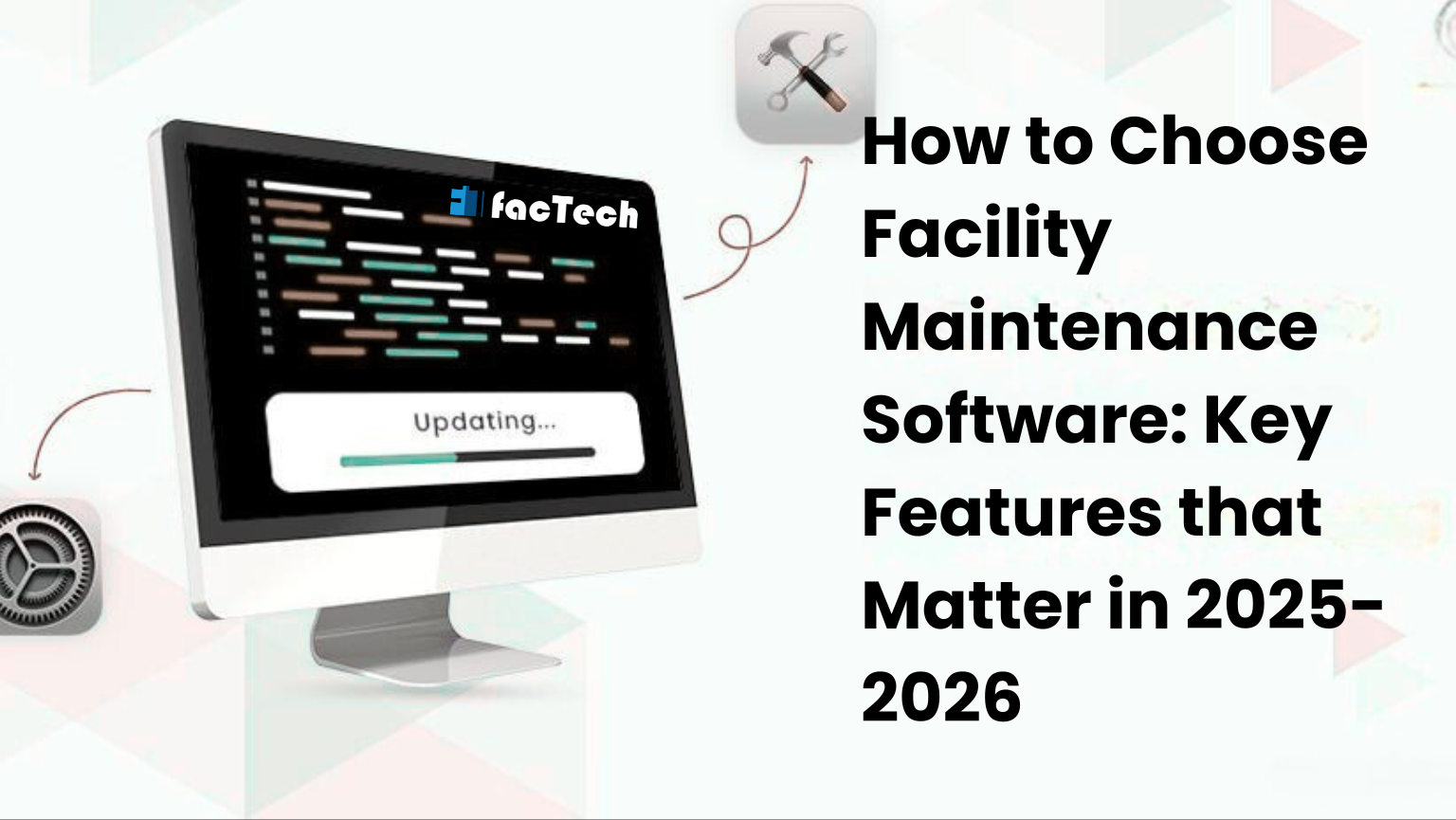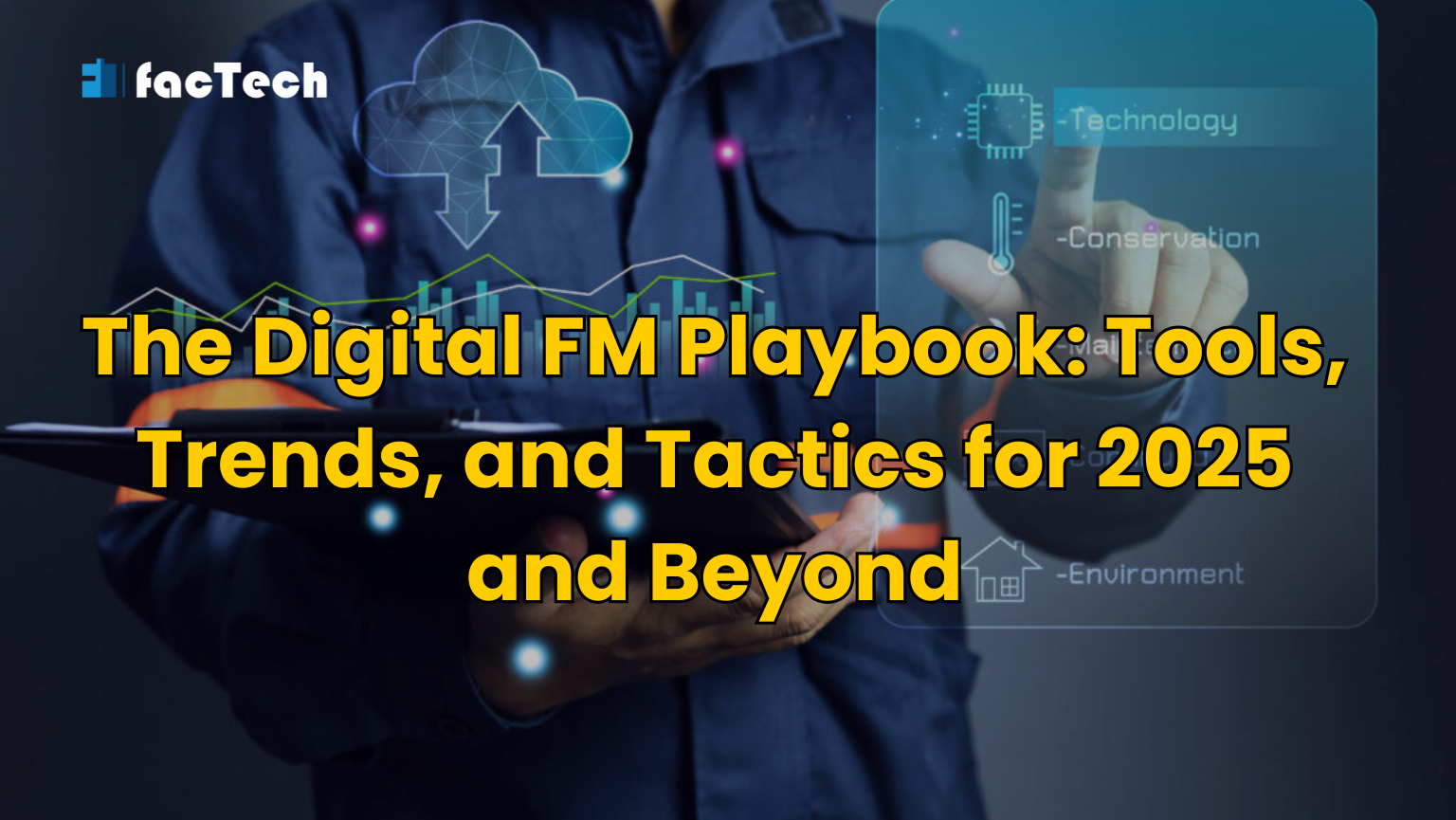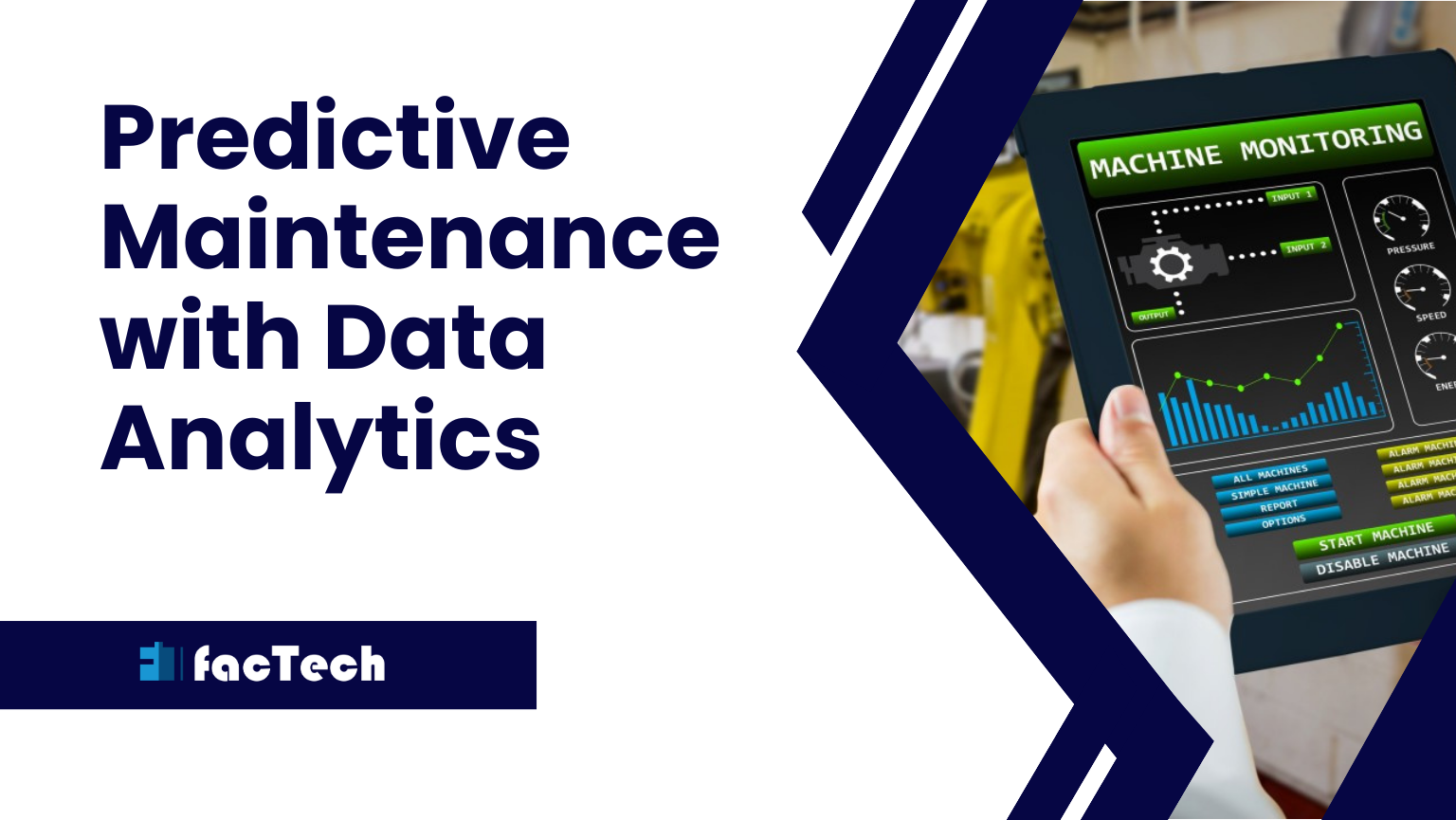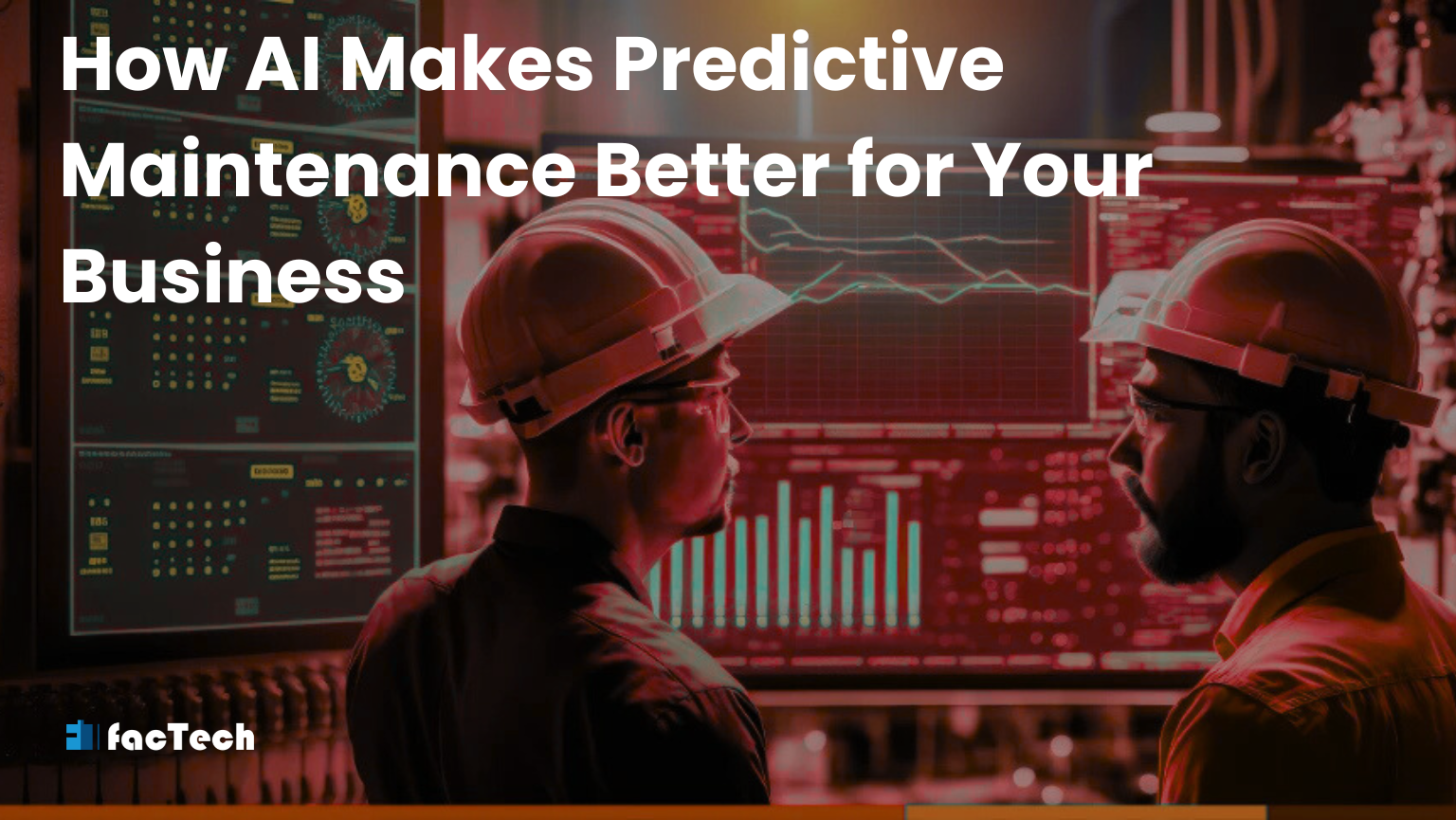Why Your Facility Needs Cognitive Maintenance Software in 2026
You won’t be able to rely on previous ways of doing things by 2026. For example, you won’t be able to merely fix things when they break (reactive maintenance) or stick to a strict schedule (preventive maintenance). These old ways are expensive, don’t work well, and don’t fit with the complicated infrastructure we have today. Cognitive Maintenance Software is the way of the future. This new approach uses AI and the Internet of Things (IoT) to improve the way you do maintenance. This powerful balance changes your strategy from being reactive and constrained in time to being smart, independent, and able to see what will happen in the future.
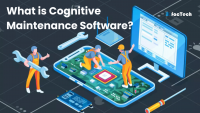
What is Cognitive Maintenance Software?
Cognitive Maintenance Software is a new type of maintenance management system (CMMS/EAM) that leverages AI, ML, and advanced data analysis to mimic how people think and make choices.
Cognitive Software doesn’t only do what it’s told to do, like “Change the filter every three months.” It can also think deeply:
Perceive: It gathers and processes a lot of real-time data from many sources, such as sensors, weather reports, energy usage logs, and prior work order data.
Reason: It uses machine learning algorithms to find patterns, connections, and little changes that human managers would miss.
Plan & Act: After that, it automatically suggests or carries out the best maintenance action, based on the cost, importance, available staff, and any disruption to operations.
Cognitive Maintenance Software changes a maintenance system from a digital filing cabinet into a smart digital co-pilot that can learn and get better over time.
Also read: Facility Management 3.0- From Reactive to Predictive
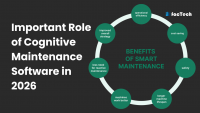
Important Role of Cognitive Maintenance Software in 2026
The fact that modern facilities are so complicated because of energy goals, rising labor expenses, and smart technologies that work together. It means that people can’t run them on their own. There are a few important reasons why cognitive software is important:
Getting Real Predictive Maintenance (PdM)
In the past, PdM generally used basic thresholds, like “Alert if vibration is above X.” Cognitive systems use machine learning (ML) to tell the difference between normal high vibration during peak hours and anomalous vibration that means something is about to break.
Resource Allocation That Is Hyper-Optimized
Labor costs are one of the main things that drive up operational costs. Cognitive software makes sure that every minute a technician spends working is worth it and useful. The system takes into account the technician’s certificates, present location (using GPS or mobile data), the tools needed for the work, and the importance of the asset.
Automatic Cost Forecasting and Budget Control
Repairs that come up out of the blue can ruin your finances. Cognitive software helps with proper budget planning by making maintenance occurrences easy to foresee. This change from reactive spending to planned capital spending gives facility managers and CFOs a clear, steady picture of future expenses, which helps them negotiate contracts and allocate capital more effectively.
Improving Compliance with Rules, Regulations, and Auditing
Modern buildings must follow a lot of complicated rules about the environment, safety, and how they work. Not keeping records up to date might result in huge fines. Cognitive software keeps an eye on compliance in real time. It keeps track of every sensor reading, every work order that is carried out, and every technician’s certification status on its own.
Works Perfectly with Smart Building Systems
The maintenance software needs to speak directly to the Building Management System (BMS), energy systems, and IoT sensors as buildings become smarter. It can’t rely on people to move data around. Cognitive software connects deeply to complete the loop.
Getting the Most out of Assets and Their Resale Value
The program reduces wear and tear by making sure that assets work within their intended performance ranges. The system doesn’t simply stop failures; it also makes the best use of them. This detailed account of how the asset was used directly raises its resale value, showing that it was well taken care of.
Also read: How Commercial Real-Estate Embracing AI Based Maintenance?
Factech: Your Partner in Cognitive Maintenance
Factech’s Cognitive Maintenance Software is built on a framework that was made for the smart building of 2026. Our system combines real-time IoT data with strong machine learning algorithms to take your facility from the limits of basic scheduling to the strategic benefit of self-optimizing operations.
Our software looks at real-time conditions, guesses when assets may fail, then automatically creates, schedules, and sends out the most cost-effective resources. This means that your plant will have less unplanned downtime, lower labor and inventory expenses, and longer lifespans for important assets.
FAQs
Q: How is cognitive maintenance different from regular preventative maintenance?
Cognitive Maintenance combines AI and machine learning to figure out when things will go wrong based on real-time data, not simply set schedules.
Q: How does Cognitive Software deal with increased personnel costs?
It makes sure that hyper-optimization happens by assigning the best and cheapest specialist to a certain job.
Q: How does Cognitive Maintenance help CFOs make more money?
It makes it possible to handle the budget accurately by turning unplanned repairs into scheduled capital spending.
Q: What does machine learning (ML) do most of the time in this software?
ML looks at large amounts of data to uncover small patterns and connections. In short it give signal something is about to go wrong.
